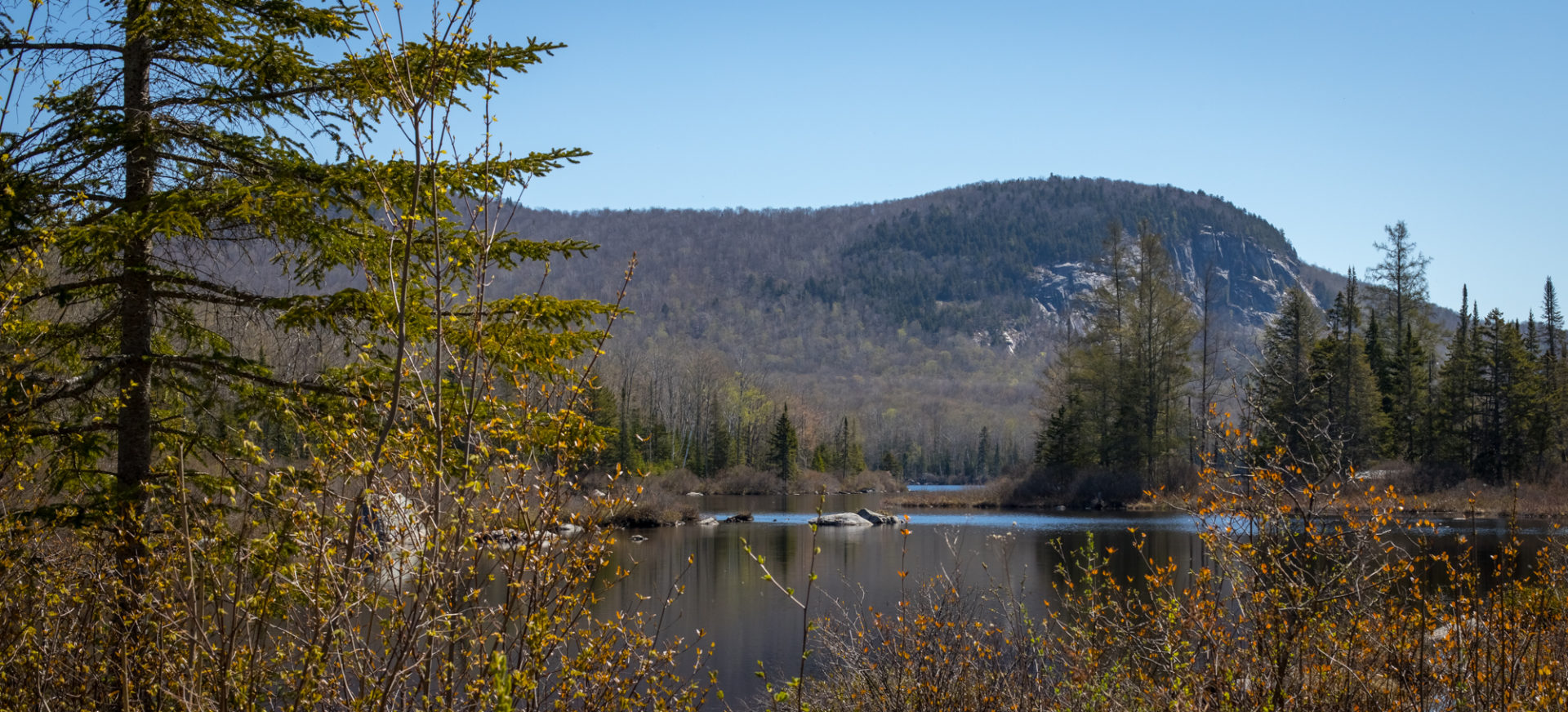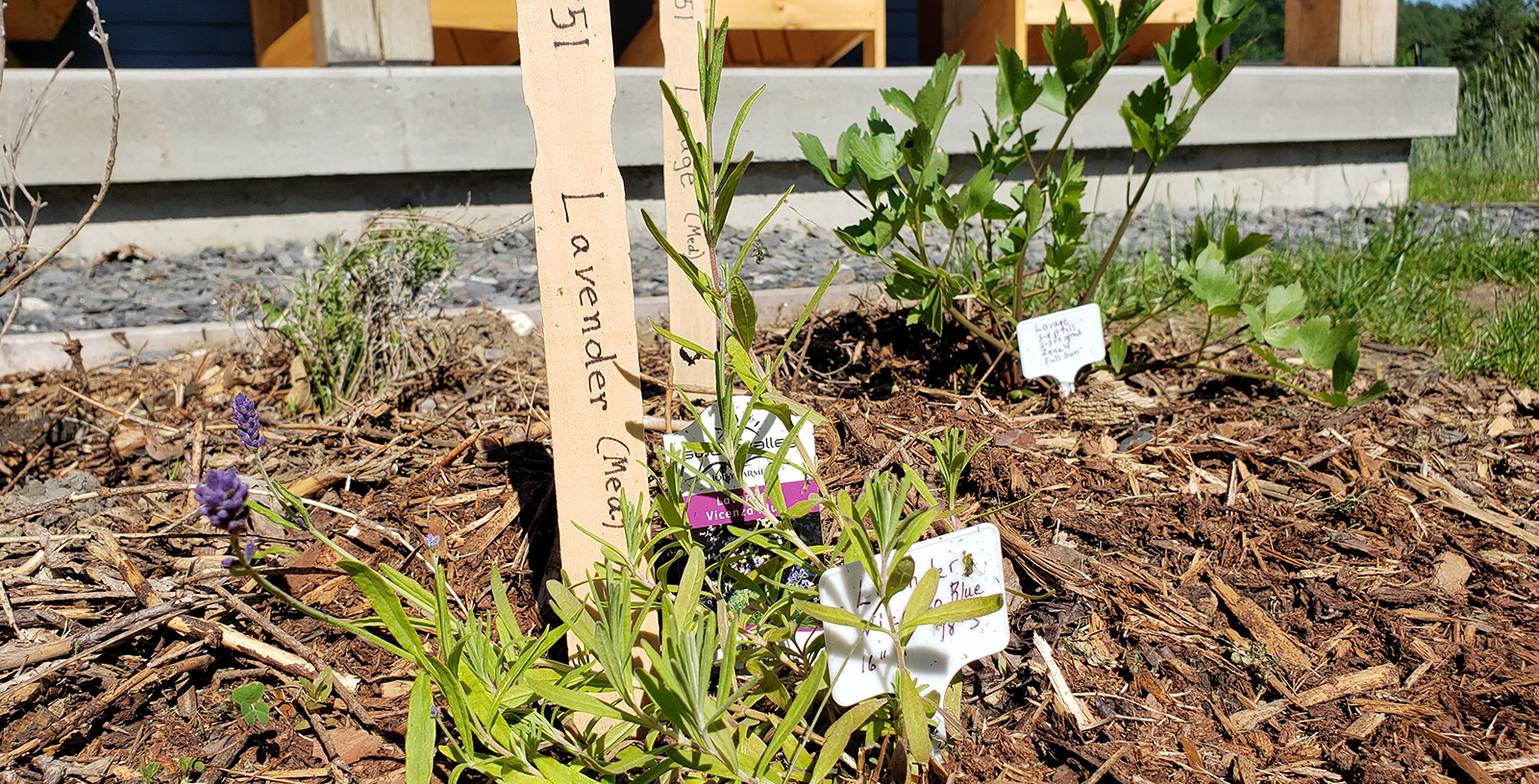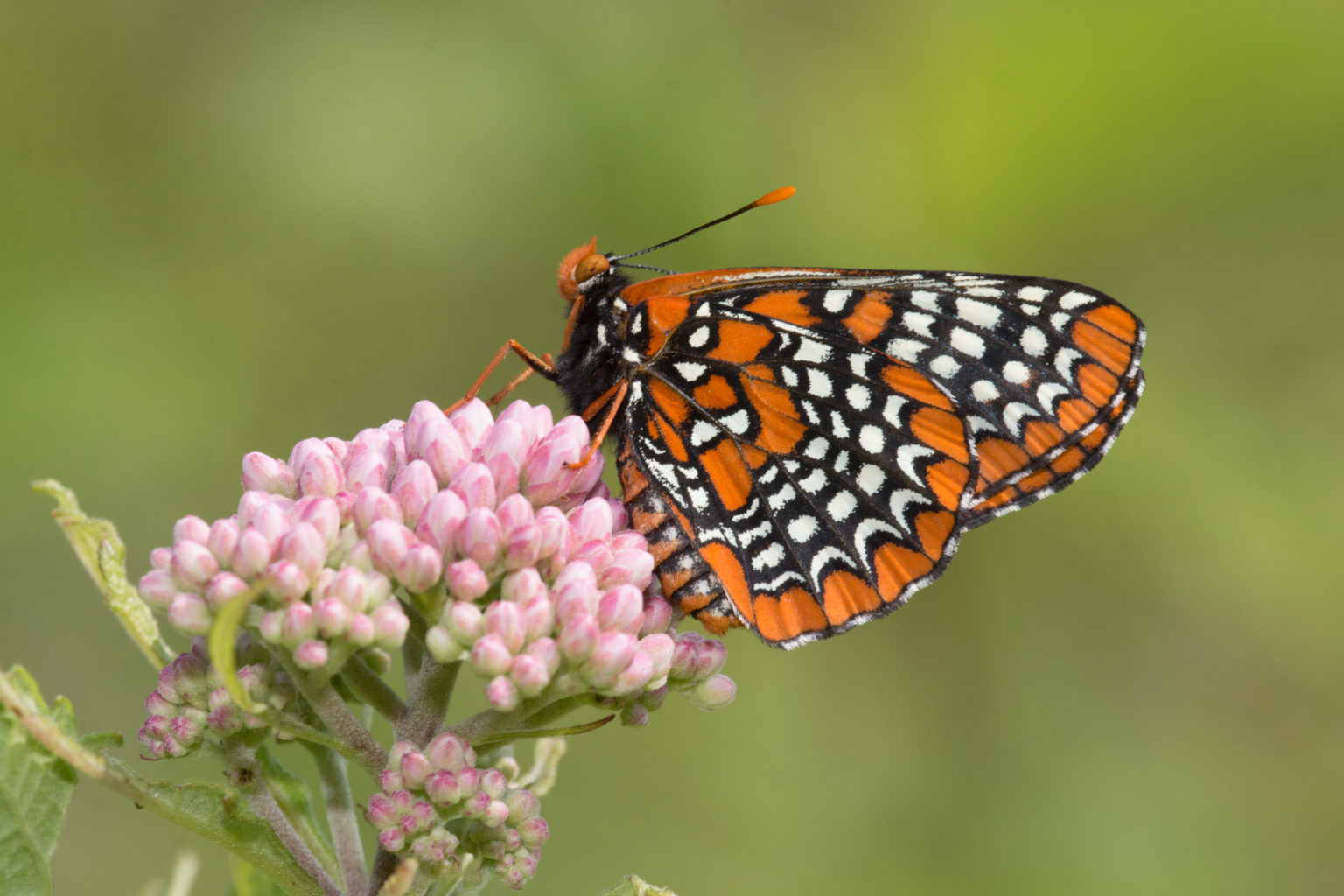Posts Tagged ‘flowers’
Your Virtual Nature Walk: Marshfield Rail Trail
Photography and Writing by Sean Beckett Our Virtual Nature Walks bring you to Central Vermont locations to explore the natural world as we transition into spring. Given the current events,…
Read MoreThe Herb Garden at NBNC
By Claire Gilbertson, VT Master Gardener Following a suggestion from Chip Darmstadt, director of the North Branch Nature Center, the Master Gardeners developed an herb garden for the pollinators this…
Read MoreConserving Pollination
By Sean Beckett, NBNC Staff Naturalist (Banner image: Baltimore Checkerspot; All imagery by Josh Lincoln) An act of clever deception is one of the most important things in the world.…
Read More



